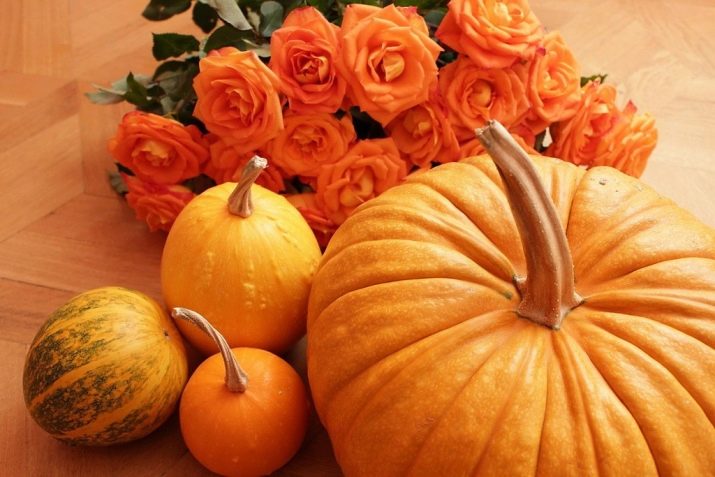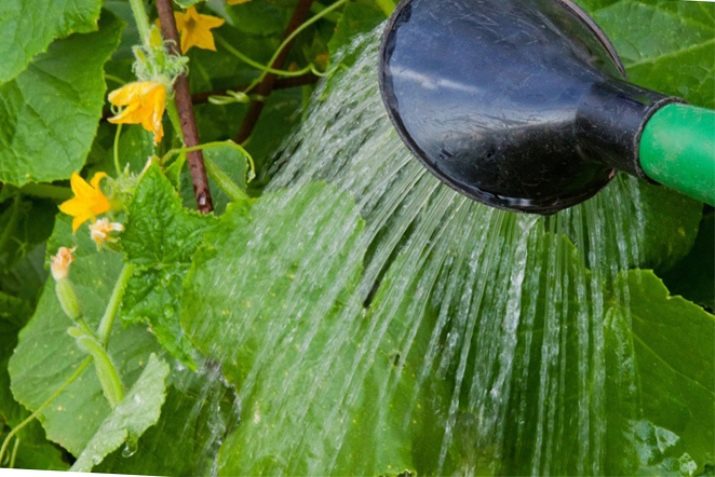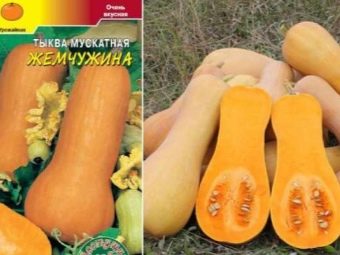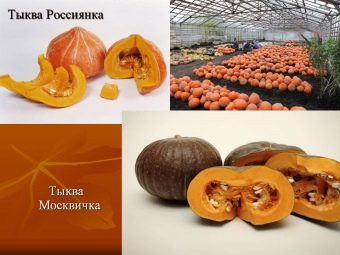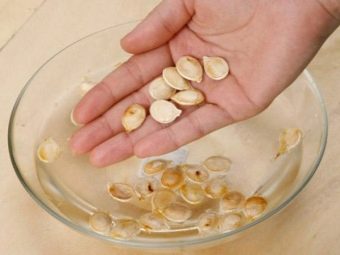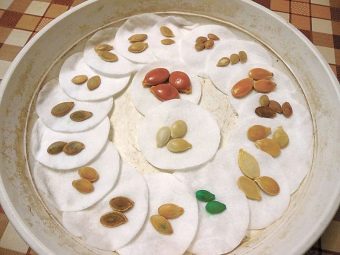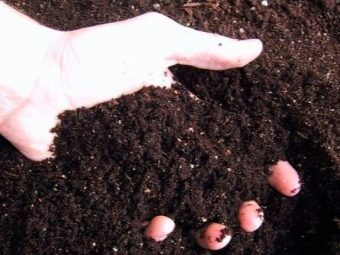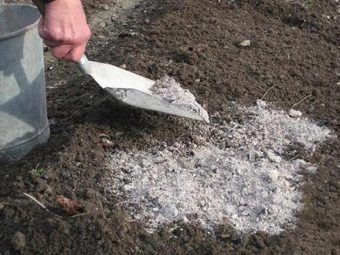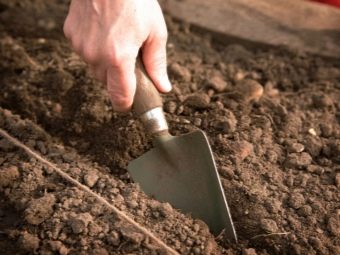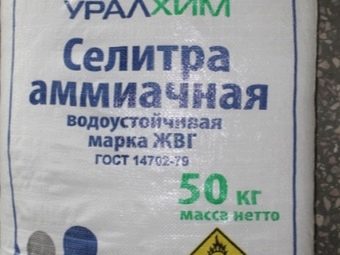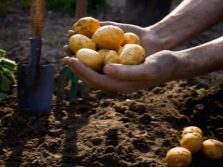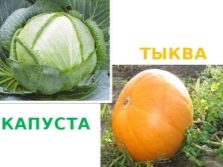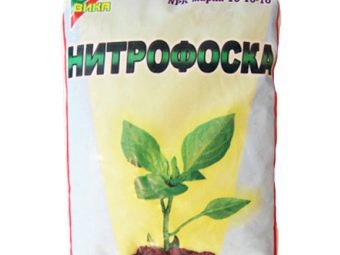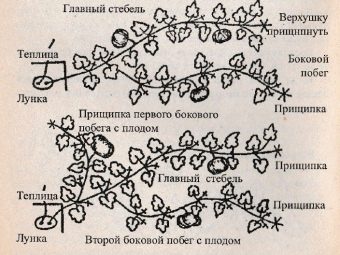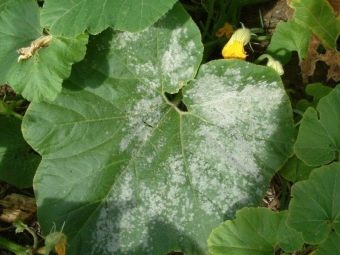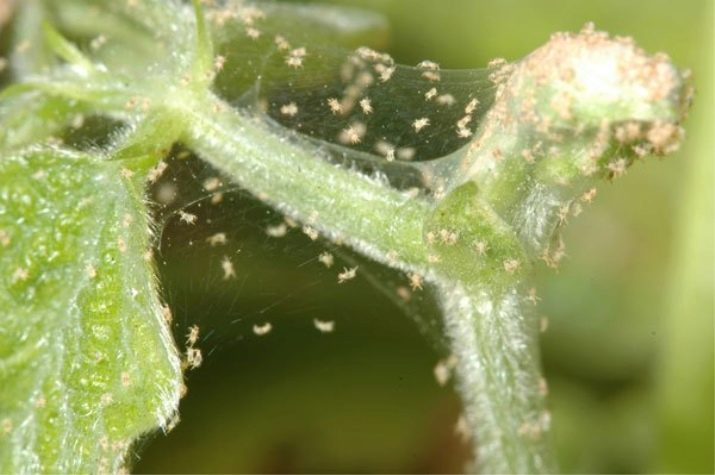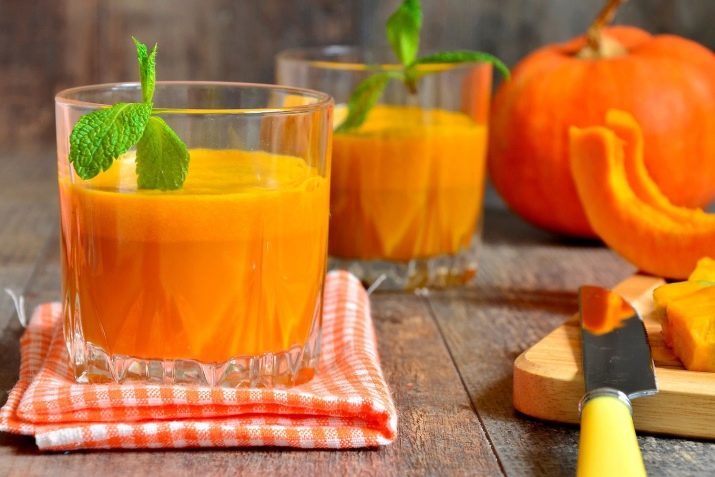How to grow a big, fragrant and tasty pumpkin?
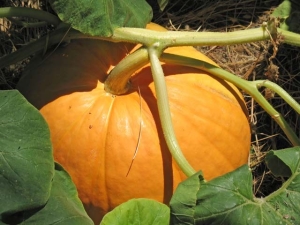
Although the birthplace of pumpkin is Central America, it has been very popular and loved in Russia for a long time. Almost all residents of the villages, as well as summer residents in the gardens, can see a pumpkin, widely scattered their whips. Her shoots with stiff hairs have many wide leaves, strongly branched. The stems have antennae, spread along the ground, in the presence of support they cling and rise along it.
Pumpkin flowers are different-sex, male and female cells form on the same plant. Female flowers have an ovary. Pumpkin flowers are large enough, orange or yellow.
Pumpkin is a dietary product. It is rich in vitamins, minerals, carotene, pectin and dietary fiber.
The necessary conditions
Pumpkin gave its name to a whole family of plants that are well known to everyone. The Pumpkin family includes such vegetables as the pumpkin itself, squash, squash, zucchini. Melons and watermelons - also representatives of the pumpkin. Pumpkin belongs to the non-capricious crops, which grows in almost all regions of Russia, if you choose the right variety.
This is an annual plant. Its strong root system has a main root, which can go into the ground to a depth of 3 m, and long shoots with small roots can occupy a space of 4 meters. The length of the stem of the pumpkin can reach 7 m or more. The fruits of the pumpkin are formed on the main stem at 10 leaves and beyond.
Pumpkin - light-loving culture. Therefore, when choosing a landing site, it is necessary to select sunny areas, preferably windless. If the pumpkin lacks sunlight, the number of ovaries decreases, the lashes become very long, and there is a risk of various diseases. From the time of germination and until the formation of the first leaves, the pumpkin should receive light up to 10 hours, which increases the possibility of the formation of female flowers.
This fruit loves warmly. The optimum temperature at which its seeds germinate is about + 30 degrees, and at lower temperatures it sprouts slowly, at + 10 degrees it does not grow at all. The temperature at which the pumpkin grows well and develops, the stem is covered with wide leaves, and its fruits become fragrant, juicy flesh - +25 degrees.
Also pumpkin and moisture-loving plant. If it receives less water, then its fruits will not be large. A drought during flowering leads to the fall of flowers and the ovary is not formed.
Pumpkin prefers fertile, humus-rich land with a good ability to absorb moisture. However, when the soil is saturated, there is an excessive growth of shoots and leaves to the detriment of the ovaries. She is pollinated by insects. Her female flower should be pollinated on the first and second day. Unpolluted flowers fall.
Selection of seeds and soil preparation
Before sowing pumpkin, you must select a seed variety. The choice largely depends on the climatic conditions of the region. So, in the south you can cultivate pumpkin and early and late varieties. Early ripening varieties are suitable for the Urals and Siberia, since the warm period here is not so great. Recommended varieties "Pearl", "Spray gold", "Medical" and others. In the middle lane, you can plant such varieties as "Rossiyanka", "Candy", "Hokkaido", "Muscat" and "Almond".
Seeds for planting must be carefully chosen. Suitable for planting the largest, dense seeds, and dry, thin and empty removed. To determine the quality of the seeds, they must be placed in salt water (1 teaspoon to 1 cup of water). Floated seeds of poor quality, they are thrown out, and the rest, washed with water, dried. Seeds collected from their own harvest, must first be etched with a solution of potassium permanganate in order to prevent diseases.
In order to get the seedlings guaranteed on the bed, it is better to germinate the seeds. Sprouting lasts until white shoots appear from the seeds that have sprung up.
Sprouting is done this way:
- seeds are soaked with water at a temperature not lower than +40 degrees (it can be up to +50 degrees) for three hours;
- then the seeds are placed in a wet natural cloth and put in heat;
- regularly check the fabric for moisture, not allowing it to dry.
After the seeds have snapped, it is necessary to harden them to increase resistance to cold. To do this, they should still be placed in a cold cloth (for example, in a refrigerator on the lower shelf) and kept for about five days.
For the successful cultivation of pumpkins and obtaining a large crop is important soil preparation. This is best done in the fall.
Algorithm of work:
- Fertilizers should be applied to the selected and well-weeded area: humus - 5 kg, superphosphate - 30 g and potassium chloride - 15 g per 1 square meter. m. Instead of humus it is possible to use manure - 7 kg per 1 square. m
- The site is dug up to a depth of 20 cm.
- If necessary, white sand (coarse-grained) and peat are added to lighten the soil.
- Add ash, chalk or lime, if the soil is acidic.
- Loosen the soil. It is advisable to pour hot water.
It is not necessary to dig up the ground prepared this way in the fall, in the spring, removing weeds, you just need to level the ground with a rake. Two days before the pumpkin landing, the ground is dug up to a depth of 12 cm (approximately half a point), beds are made and ammonium nitrate is added at the rate of 20 g per square meter. m. Such training can be carried out in the spring, if in the fall the land was not prepared. To save fertilizer, they can be immediately added to the wells, then watered well, preferably with hot water. The composition of the mixture: 10 g of potash fertilizer and saltpeter, 20 g of superphosphate, a glass of ash in a bucket of humus (compost).
Compatible with other plants
If we take into account the compatibility of vegetable crops during planting, this will increase their yield. Changing crops will not lead to depletion of the land unilaterally, so it is recommended to alternate planting of vegetables in accordance with what nutrients they consume from the soil in order to avoid depletion of the land.
When planting pumpkins, it is necessary to take into account such fact as crop rotation, incompatibility and compatibility of pumpkin with some vegetable plants. Compatible with it are predecessors such as carrots, beets, potatoes, eggplant, onions, peppers, cabbage and legumes.
It is unacceptable to grow pumpkins on the same bed after the zucchini, zucchini, squash, cucumbers, as well as melons and watermelons. In addition to depletion of the soil, the risk of disease by certain diseases and pest damage increases.
Landing
There are several ways to plant a pumpkin. The most popular is planting dry or germinated seeds. This method is applicable in the southern regions and in the middle lane. In this case, the seeds are planted when the threat of frost has passed and the air temperature will be above +18 degrees. The soil should warm up to 12-13 degrees Celsius.
Another equally common method is planting pumpkin seedlings. This method is used in the Leningrad, Moscow regions, the Ural and Siberian regions. The seedling allows you to grow a large crop, to exclude the possibility of the death of seeds from cold during possible frosts. For seedlings use a separate container for each plant. It is better to use a small capacity, approximately 10 to 10 cm in size, which is filled with ordinary soil for seedlings. When using plastic containers, sawdust 3 cm thick should be placed on the bottom.
The order of work will be as follows:
- The hardened and hardened seeds are sown in containers of two. Weak shoots are removed later.
- They are planted to a depth of 2 cm, then peat is poured. Before and after planting watered.
- The first three days of crops are kept at a temperature of +25 - +30 degrees. Seedlings grow for about 4 days.
- After the shoot, the sprouts are placed in a cooler place with a temperature of +18 - +25 degrees and hold for one week, then again reduce the temperature to +15 - +18. This will ensure the growth of strong seedlings and will not allow it to stretch.
- Water the seedlings constantly, but not allowing excess water.It is strictly prohibited stagnant moisture.
- After two weeks you need to feed the seedlings with nitrophoska (according to the instructions) or with a mullein solution (1 to 10) in 100 ml per plant.
Seedlings should have a low, thickened and strong stem, 3 leaves of saturated green color. After 21 days, such seedlings are ready for planting on a permanent place in the ground, followed by a cover film.
There is also a way of growing pumpkins in a barrel. This method is used in conditions of limited acreage. Stems hang down the barrel, not taking up much space on the site. Holes are made in the walls of the barrel and at the bottom to allow excess water to escape. The barrel can be painted black to increase its heating.
The barrel is filled with components:
- the bottom layer is organic: branches, large stems, weeds, paper - they rot quickly;
- 2 layer - fallen leaves, tops, grass, humus;
Everything is well tamped. The contents of the barrel are first watered with water, and then with the EM preparation, under the action of which the microorganisms are activated and the process of rotting begins. In a month, the formation of the soil will be completed.
Another original way to grow pumpkins is in bags. Usually use plastic bags for garbage. First, they can be used to form the compost, and then plant a pumpkin in them. Bags after planting seeds must be covered with glass, or film, or just plastic bottles. This method is convenient because the bag can be placed in any place, it is convenient to water it, all the moisture is stored in it, it saves space on the site.
Process features
When sowing pumpkin seeds should adhere to the following sequence:
- A bed is formed about 70 cm wide. The interval between the beds is one meter. The distance between the landing holes - from 60 to 80 cm.
- Before sowing seeds, the well must be heated with hot water.
- From 2 to 4 seeds can be sown in the heated soil. The depth of planting on light ground is 8-10 cm, and on heavy soil - about 6 cm. Seed sown pointed side down.
- The soil is mulched with peat or humus.
- Crops should be covered with plastic wrap. When sprouts sprout, polyethylene is incised and sprouts free, which subsequently grow. Polyethylene increases the temperature of the earth under the pumpkin by almost five degrees.
For safety net, you can plant both dry and sprouted seeds. They are placed at different depths. With the successful growth of sprouted seeds, the sprouts of dry seeds that have risen later need to be pinched.
The scheme of planting pumpkins in the seedling way is similar to the seed method. After planting, seedlings preferably watered with warm water.
Germination time
If the seeds are of high quality or germinated, then after sowing the seedlings appear fairly quickly - about four days later. After the appearance of these leaves sprout thinned. The number of seedlings left depends on the variety of pumpkin: in nutmeg and pumpkin with hard bark, two shoots are left, and in pumpkin with large fruits, one.
Care rules
Pumpkin is not as whimsical in caring as some other vegetable crops, but there are some rules that must be followed when it is grown in open ground.
Watering
Watering is a major factor for pumpkin growth. Having large and wide leaves, it evaporates through them moisture obtained from the soil, which has a detrimental effect on the development of the root system and the stem. It is especially necessary to water it abundantly during flowering and in the process of fruit formation. Pumpkin loves warm water (about +20 degrees). Therefore, it is better to water it with settled water and heated by the sun. It is strictly forbidden to use cold water in hot weather. This may lead to the death of the culture.
Watering is well accompanied with loosening the soil in the hole at the stem and weeding. Loosening can be done after one time.
Top dressing
Large fruits can be grown only when the regime of fertilizing is observed, which must be carried out often. When the fifth leaf is formed, you need to feed the seedling for the first time after planting. The second feeding is carried out when the whips appear. Subsequently, they need to be fertilized after 14 days.
For feeding you can use nitrophoska. The initial dosage per pumpkin is 10 grams, then in each subsequent feeding, it is increased by five grams. Acceptable use of both granules and solution. During fruiting, ash is also added to each well (1 cup per plant). Korovyak can also be used as fertilizer.
Topping
Pinching is an agrotechnical method, which consists in removing the top of the shoot to create conditions for enhanced growth of the lateral parts of the plant. The positive moments of pinching in that it provides access of light and air to all parts of the plant, saves space on the site. Purposefully, fertilizers should be used to feed the stems with ovaries in order to increase and speed up the ripening of the crop, to improve the taste of the fruit.
Begin to pinch the pumpkin to be in July. At this time, there is usually one or two ovaries on the lashes, approximately 10 cm in diameter. Scourge pinch approximately 4-6 leaf from the last fruit. The maximum amount of fruit depends on the pumpkin variety and the size of the ripened fruit. The larger the fruit, the smaller their number should be on the plant after pinching. All shoots without ovaries are removed.
The formation of a pumpkin bush involves the removal of unwanted side shoots and excess ovaries, leaving one, two or three stems, so that each has no more than three ovaries.
Formation:
- With one lash. After the formation of 2-3 fruits on the main stem, pinching is 4-5 leaves after the last fruit.
- With two stems. Leave the main stem and one side lash, the strongest. There should be 1-2 ovaries on the main stem, and one on the side stalk. Pinching is done in the same 5 sheet.
- With three stems. Leave the main stem and two side scourge.
Cluster pumpkin varieties are not subject to formation, so no need to pinch them.
Disease protection
Pumpkin is a culture that is fairly resistant to environmental factors. But this does not mean that it is protected from diseases and pests. Phytoinfections pumpkin rarely gets sick, because it has immunity to them.
The most common diseases of pumpkin:
- Bacteriosis characterized by the appearance of dark green spots of irregular shape, which later dry up and crumble. Holes appear in the leaves. The treatment is carried out with a one-percent solution of Bordeaux mixture or 0.4% copper oxychloride solution. If the pumpkin is severely affected by the disease, the plant must be removed.
- Mealy dew. The signs of this disease are small whitish spots, having a rounded shape, which are growing, cover with a bloom of white color the whole leaf. Leaves dry out. A diseased plant is treated with a solution consisting of colloidal sulfur, calculated as 20 g of sulfur per 10 liters of water. You can also spray with sodium phosphate in a ratio of 50 g per bucket of water.
- Rotten With a sharp difference in daily temperatures, rot may occur. Another cause of this disease is watering with cold water. To prevent this, it is necessary to conduct foliar feeding with various micronutrient fertilizers, and water only with warm water. In order to avoid the occurrence of rot on the fruit, it is necessary to prevent the pumpkin from being placed on too wet and cold ground; you must place litters under the fruit that do not let moisture through.
- Root rot affects the roots of the plant, which leads to the death of the culture. If the leaves at the bottom of the plant turn yellow, but there is no growth, these are signs of root rot.It is necessary to remove the upper part of the ground near the bush and replace it with healthy soil, at the same time treat the upper green part with ash, coal powder, chalk or fluff lime.
- Yellow mosaic. This disease can be immediately noticed by the yellow spots on the leaves. To combat it, use "Pharmaiod-3". To prevent yellow mosaic need to regularly weed pumpkin.
In addition to diseases, pumpkins can hit the harmful insects. The most common of these are spider mites and aphids. With the defeat of the pumpkin spider mite treatment can be carried out folk remedies. One of them is an infusion of onion peel: 200 g of onion peel need to be filled with boiling water, let it stand for 3-4 hours, then add water up to ten liters. In this solution, you can add a little soap, which will give the effect of sticking. From aphids well helps infusion of soap (50 g), and ash (200 g) in water (10 l). Spraying with broths of celandine and wormwood are also widely used: 2-3 kg of crushed grass should be poured with a bucket of water, insisting day. With a strong defeat, they resort to chemical preparations - “Traphos”, “Aktellik” and others.
No ovary
Sometimes it happens that the green upper part of the pumpkin successfully develops, and the ovaries do not form or are very small and do not grow. To understand the cause and solve this problem, you need to know the peculiarities of the biological development of pumpkin, the necessary climate conditions, soil requirements and plant care rules.
The reasons
The reasons for the absence of pumpkin ovaries are:
- Overly nutritious soil. With an excess of nutrients, the pumpkin directs them to the development of ground mass, which does not allow sunlight and airflow to the ovaries.
- Lack of nutrients.
- Shadow also has a detrimental effect on the formation of ovaries: sterile pollen is formed without pumpkin light, and pollination does not occur.
- Non-compliance with the rules of watering: rarely in hot weather, often in cool.
- Damage to the roots during transplanting seedlings.
- The use of nitrogen fertilizers in cool weather and at ground temperatures below +15 degrees reduces the yield.
- The absence or insufficient number of insect pollinators. If the female flower was not pollinated in the first two days, then the ovary will not.
- Poor quality seeds.
If the cause of the absence of the ovaries are listed above, then the following measures will help:
- It is recommended to plant a pumpkin in areas where fertilizers have not been applied for a year or two.
- When there is not enough nutritious soil on the whips, pumpkin roots appear, which need to be sprinkled with earth for better rooting. So the plant has a new additional source of nutrients, and the diet will be restored. The method of growing pumpkins in a barrel or bag, which is filled with earth suitable for pumpkins, can also help.
- Ensuring sufficient (up to 10 hours) pumpkin in the light contributes to the formation of female flowers.
- Watering should be carried out with warm settled water under the plant root, which also increases the formation of ovaries.
- Very carefully you need to transplant seedlings, so as not to damage the delicate roots. It is best to grow seedlings in peat pots.
- Nitrogen fertilizers may be applied only at sufficiently high temperatures of air and soil.
- Artificial pollination. Under adverse conditions for natural pollination, you need to help the plant by making artificial pollination. Male flowers with distant corolla applied to the pistils, after removing the bags in female flowers. You can use a paint brush to transfer pollen. The next day after pollination, sprinkle the plant with the preparations “Ovary,” “Bud,” and others. Spraying the green mass of pumpkin with sweetened water helps to attract insects to the area with plants.
- To eliminate the risk of using low-quality seeds will help the purchase of several varieties from different manufacturers. It is advisable to use seeds adapted to local conditions.
Pumpkin requires space, she does not like cramped plots. If all the seeds sown, it is necessary to remove the weak and leave the strongest. Productivity also depends on the number of shoots - lashes. When the pollination is over, it is necessary to cut off the extra whips, leaving no more than three with ovaries.
Tips
- The number of female flowers on the stem of a pumpkin will be more if you warm up the seeds before sowing, for example, put a bag near the battery for about two months.
- Regular removal of wilted flowers and unformed ovaries can protect the pumpkin from the development of rot and harmful insects.
- To combat the powdery mildew, an extract from a mullein, preferably fresh, is an effective remedy. 1 part of the mullein and 3 parts of water need to insist for three days, drain and add water in the amount of 3 liters per liter of mullein solution. Spray the diseased plant.
- To determine whether the pumpkin is ripe, you need to examine the foot of the fetus. Dry and tough speaks of complete ripeness.
- To preserve the crop, a dry room with a constant temperature is required. Suit the cellar, pantry.
Grown according to the rules pumpkin will bring a rich harvest. From it you can make a lot of delicious, and most importantly, healthy dishes: fresh pumpkin salads, pumpkin juice, stewed pumpkin with rice and millet porridge and a lot of others.
How to grow a large and tasty pumpkin, see the next video.


